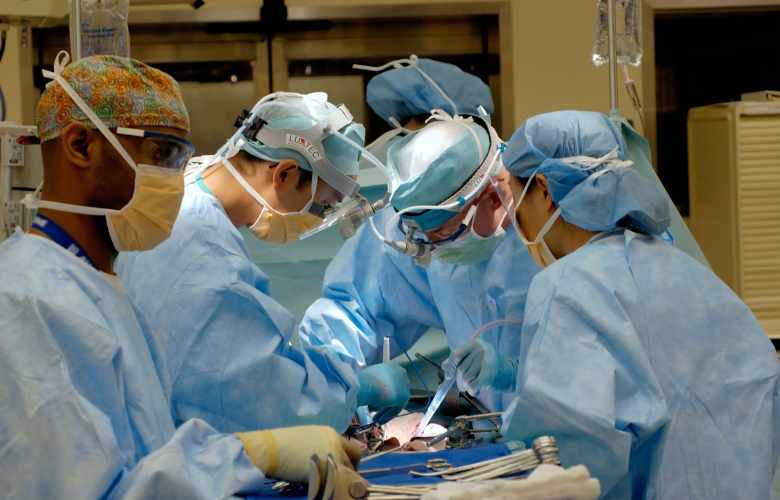For many patients, dental issues are not the root of the problem – it’s the alignment of the jaw. If your jaw is not aligned correctly, you can have trouble speaking, painful chewing, and even difficulty breathing. Jaw surgery is performed to help correct functional problems such as those listed above, and it’s also an orthognathic surgery that many patients choose for cosmetic reasons. Keep reading as we answer some of the most frequently asked questions about jaw surgery.
Table of Contents
How To Determine If You Need Jaw Surgery
Genetics play a large role in your skeletal growth. This means doctors and dentists can often determine at an early age if you will require jaw surgery for functional reasons.
Dentists will look at how the patient’s upper and lower jaws are growing and determine if they’re growing at different rates. Having a smaller lower jaw or a protruding lower jaw is often the more common jaw problem.
In addition to this,it will also be considered if you have trouble closing your lips, difficulty swallowing, pain when chewing, pain in jaw joints, or if your face appears unbalanced. An accident or trauma to the jaw can also result in jaw surgery.
Common Jaw Procedures
Correction procedures depend on the patients’ issues and needs. Bones can be removed or added, reshaped or grafted. Some patients require screws and surgical plates to hold the jaw; others require rubber bands. The common jaw procedures performed are:
- Open bite
- Setting lower jaw back
- Moving lower jaw forward
What to Expect with Jaw Surgery
When it comes to what to expect when undergoing jaw surgery, you can break this down into three categories.
Preparation – You want to ensure you’re a good candidate for the surgery. This involves x-rays, CT scans, impressions of your teeth, and more.
Once determined as a good candidate for surgery, you want to review all allergies and medications with your doctor to prevent complications. Once the surgery is on the books, make sure your home is prepped with a blender, soup, nutritional drinks, and someone who can stay with you during the initial recovery.
The Day-Of – Depending on the reasons for the procedure, the surgery can last for several hours. Most patients will go under general anesthesia, and once on the table, doctors will remove, add, and/or shape the jawbone. You can expect the surgeon to make incisions inside the mouth, and possible on the outside as well. Inside the mouth, you may have surgical plates, rubber bands, or small wire and screws to help hold the jawbone together.
Recovery –The healing process for jaw surgery is between six to 12 weeks. Although facial swelling is often gone by week three. Your doctor will likely have you on a liquid diet for four to size weeks. Make sure you have your antibiotics and pain relievers ready once you get home and that you make follow-up appointments.
Conclusion
Increasing self-esteem, relieving pain, and improving overall health are the greatest benefits of jaw surgery.
You have a good idea of what jaw surgery is, how to determine if you need it, and what’s involved in the process. However, keep in mind that jaw surgery is a process – it takes time to evaluate and recover. Before talking to your dentist about jaw surgery, you owe it to yourself to research the advantages and disadvantages, so that you are completely prepared for the procedure.
If you need further advice, you can reach out to this dentist who does periodontal services and inlays and onlays in Redwood City.
Hello, I am a professional writer, with more than 10 years of writing experience. I love to write on the science related subjects and share knowledge with my readers. I hope all my reader friends will enjoy my work.

